Researchers Have Discovered that Notre Dame's 'Horseman' Could be Renaissance Poet Joachim du Bellay
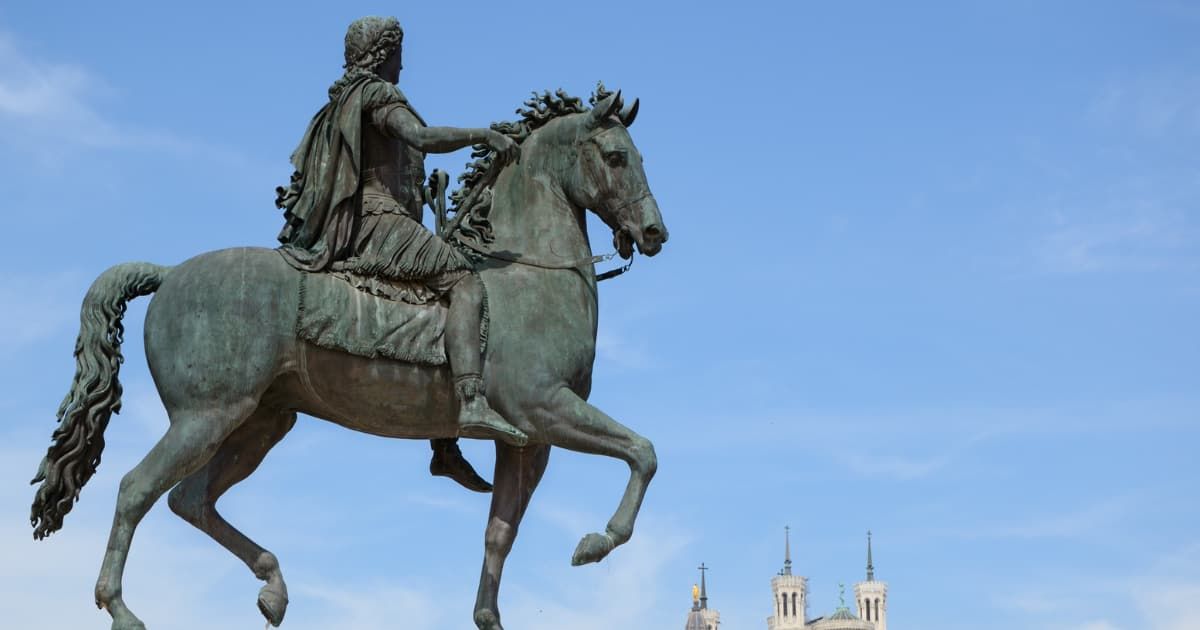
The mystery of France's "Horseman" has long puzzled archaeologists and historians alike. The team of archaeologists from the French National Institute of Preventive Archaeological Research (INRAP) believes they have discovered the identity behind the mysterious figure of "The Horseman" in Notre Dame. It came after over two years of uncertainty regarding the unidentified remains. The mystery, however, started in 2019 after the fire at Notre Dame when archaeologists unveiled 100 unknown burials at the site.
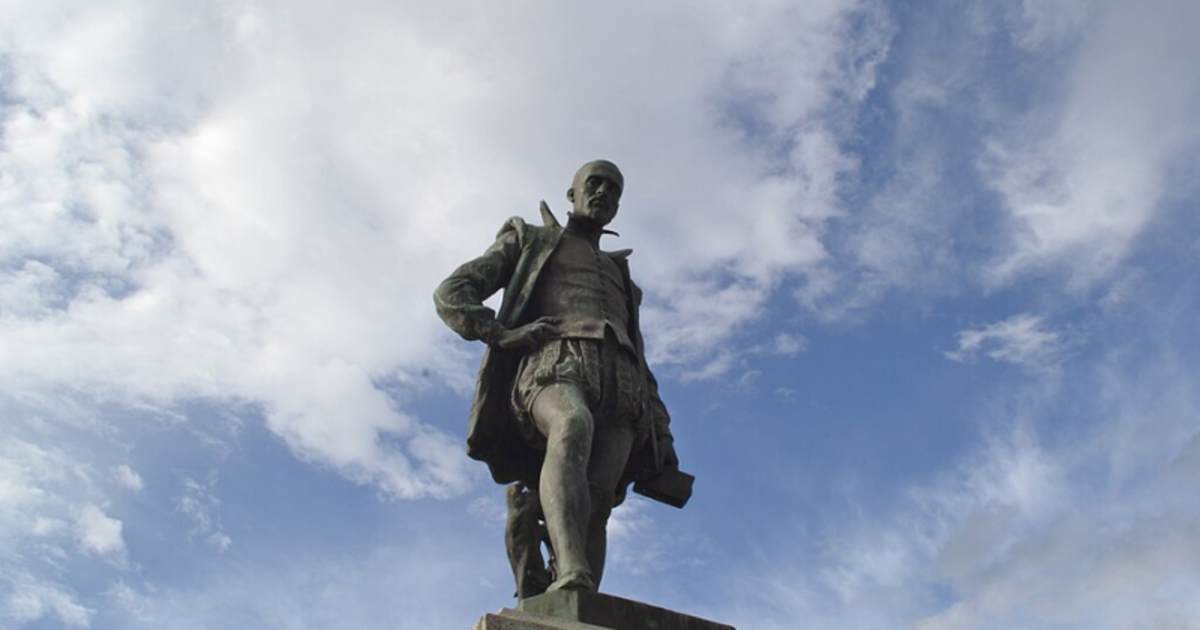
The Horseman of Notre Dame
No one was sure of the final resting place of the French Renaissance poet Joachim du Bellay, according to Popular Mechanics. His burial was supposed to be alongside his uncle underneath the Notre Dame Cathedral in Paris. However, when archaeologists searched in 1758 for those remains, they were stunned to find no sign of him. That was not the end of the mysteries around the Horseman. In 2022, archaeologists discovered an unmarked body underneath the famous cathedral and nicknamed it “The Horseman.” They concluded this because the deceased and their bone structure showed signs that he had ridden horses from a young age. Now, the recently found body is an answer to one of the two mysteries, linking to Bellay.
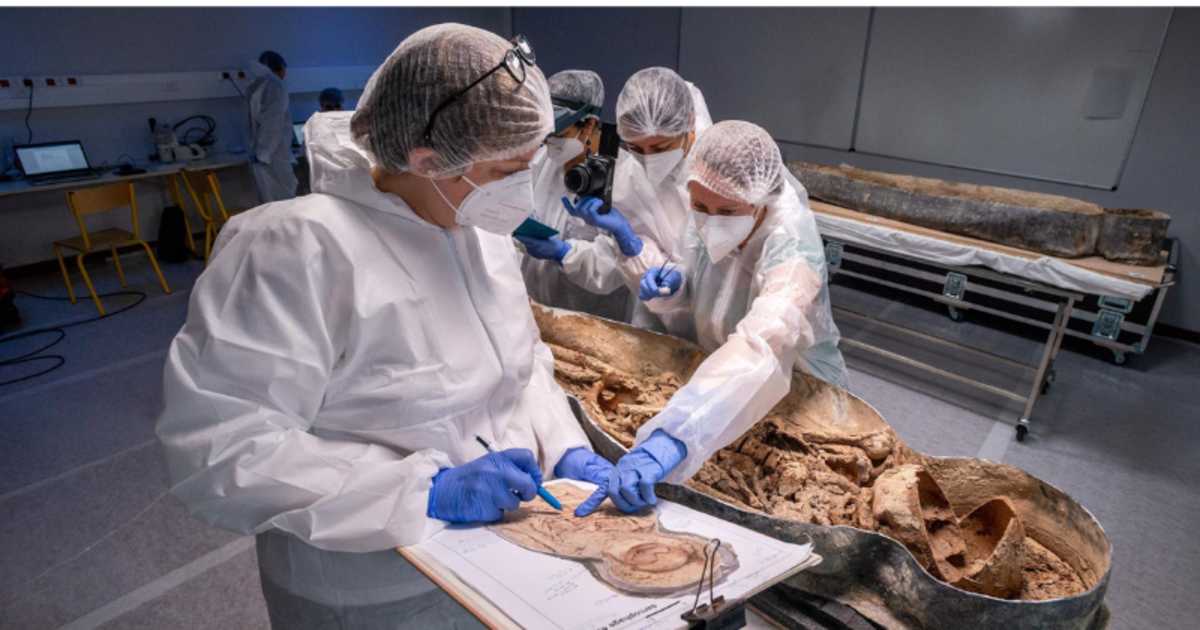
How the Team Discovered the Remains
In a translated statement, INRAP announced the discovery after two years of study around the unidentified remains. The mystery began with the April 2019 fire at the cathedral, when, later, archaeologists found over 100 unknown buried remains under the cathedral. Unlike other Catholic burial grounds, Notre Dame stands apart as it was built atop a necropolis where thousands of people, mainly churchgoers, were buried between the 14th and 18th centuries.
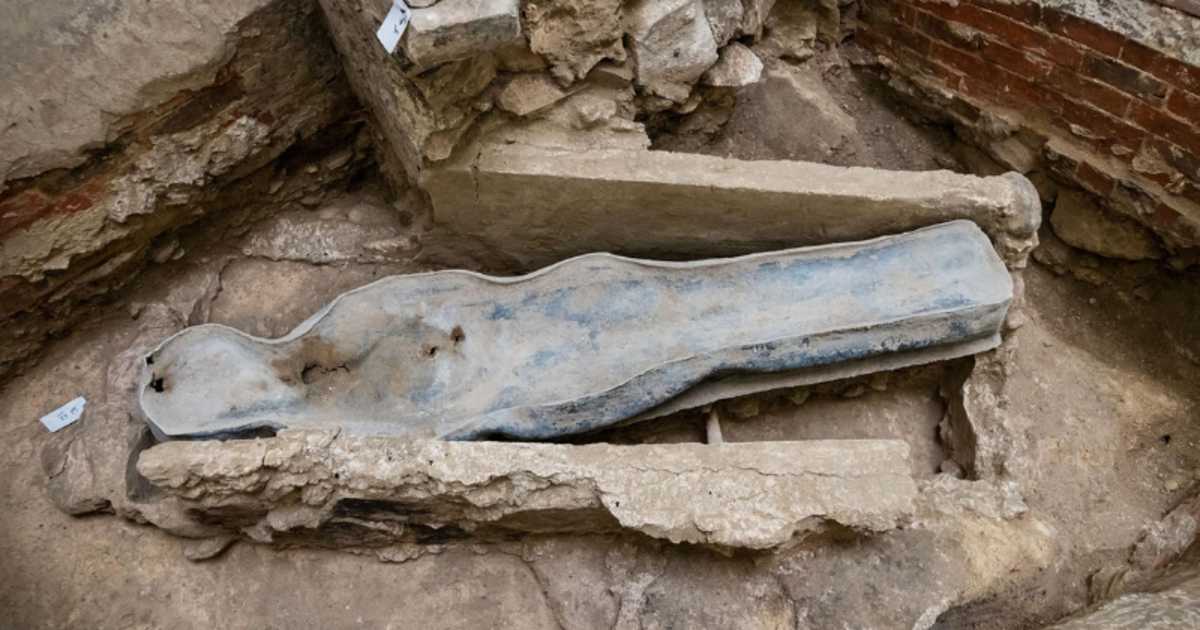
From among the 100 discovered remains, two stood out. In April 2022, these two remains were placed in lead sarcophagi, unlike the usual wooden coffins, and were buried at the cathedral's transept crossing, which is a prominent spot where its main wings intersect. One of the lead coffins had a plaque epitaph dedicated to the priest Antoine de la Porte, who had died in 1710 after 50 years of service at Notre Dame. The other sparked a huge search for over two years for the Horseman.
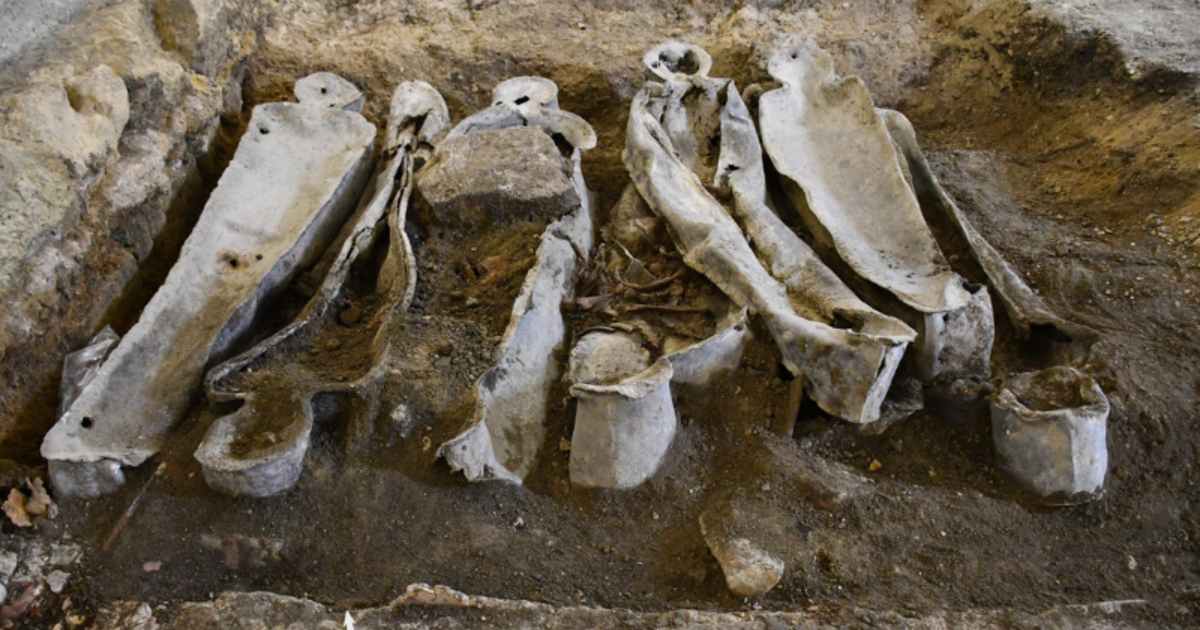
The Study on the Identity of ‘The Horseman’
The forensic team from Toulouse University Hospital studied the remains. According to Eric Crubezy, the biological anthropology professor and research director at the French National Centre for Scientific Research, the deceased they found died in his 30s from chronic tuberculous meningitis in the 16th century. Most burials were typically held for elderly men, so this burial was quite surprising. Aside from Antoine de la Porte, the team did not find any other fully preserved tombs in that area. “Research suggests that he may have reoccupied a tomb that had held two well-known individuals in their time,” Crubezy noted.
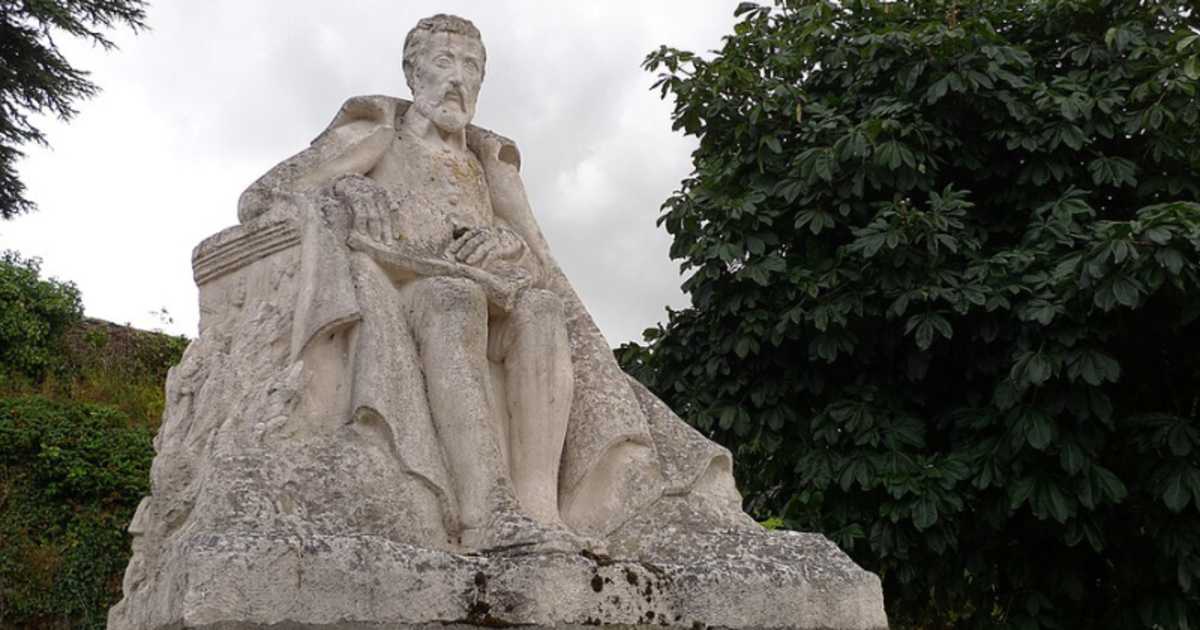
The team turned their attention towards Bellay, the horseback rider who passed away in 1560. He was said to be buried under the cathedral, but his tomb was not found near his uncle, even though his family wanted him to be buried by his side. “He matches all the criteria of the portrait,” Crubezy. However, Christopher Besnier, the archaeologist with INRAP, states at the same press conference that the isotope analysis of teeth and bones hints that the man grew up in Paris or Lyon, unlike Balley, whose hometown is in Anjou and moved to Paris and then died in 1560 at the age of 35. These fine details make a match between the man and Balley unlikely, but that discrepancy is not enough to change the current opinion.